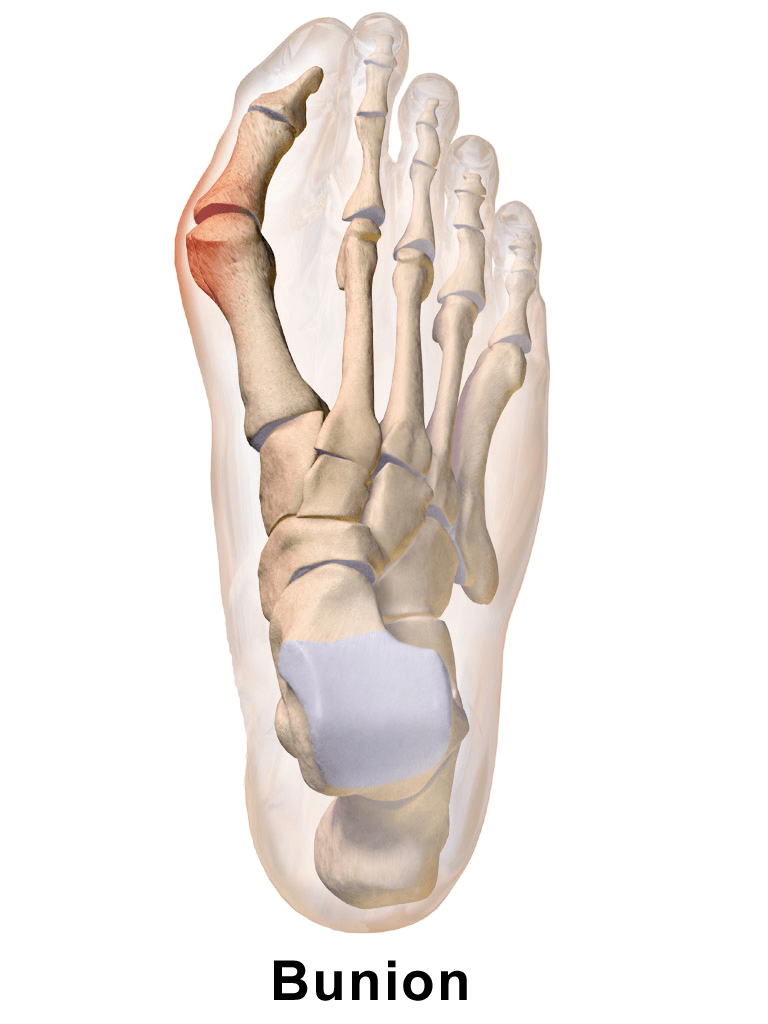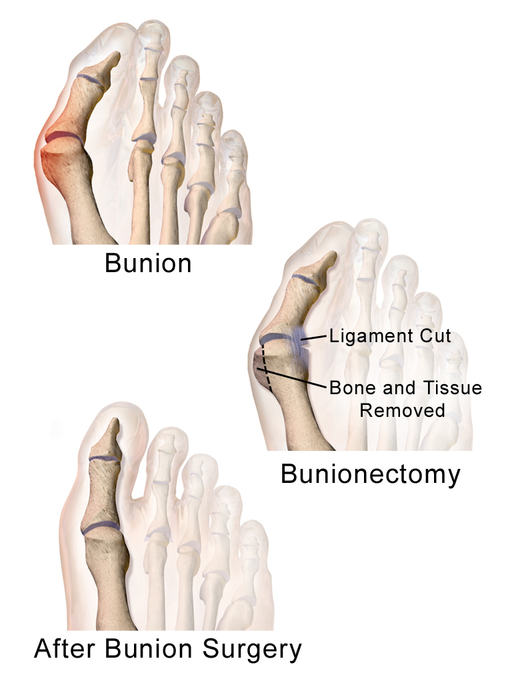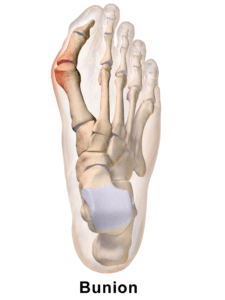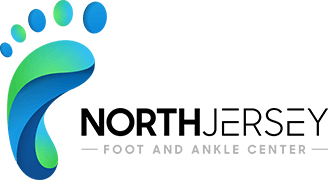The medical term for a bunion is hallux abducto valgus.
Bunions are the “bump” on the joint at the base of the big toe—the metatarsophalangeal (MTP) joint—that forms when the bone at the big toe joint moves out of place. The toe is forced to bend toward the others, causing an often painful lump on the foot. Because this joint carries a lot of the body’s weight, bunions can cause extreme pain if left untreated and make wearing shoes difficult or impossible.
Other types of bunions
Tailors bunion: Also called a bunionette, occurs when the fifth metatarsal bone (smallest toe) starts to expand outward, forming a bony growth near the little toe.
Adolescent bunion: Teenagers may develop a bunion at the base of their big toe. This bunion may cause pain and can get worse over time without treatment.
Causes
Bunions form when the normal balance of forces that is exerted on the joints and tendons of the foot becomes disrupted.
Bunions are brought about by years of abnormal motion and pressure over the joint. They are, therefore, a symptom of faulty foot development and are usually caused by the way we walk and our inherited foot type.
Although bunions tend to run in families, it is the foot type that is passed down—not the bunion. Parents who suffer from poor foot mechanics can pass their problematic foot type on to their children, who in turn are prone to developing bunions.
The abnormal functioning caused by this faulty foot development can lead to pressure being exerted on and within the foot, often resulting in bone and joint deformities such as bunions and hammertoes.
Other causes of bunions are foot injuries, neuromuscular disorders, or congenital deformities. People who suffer from flat feet or low arches are also prone to developing these problems, as are arthritic patients and those with inflammatory joint disease. Occupations that place undue stress on the feet are also a factor; ballet dancers, for instance, often develop the condition.
Wearing shoes that are too tight or cause the toes to be squeezed together may explain the high prevalence of the disorder among women.
Bunion Symptoms
- Development of a swelling, callus or firm bump on the outside edge of the foot, at the base of the big toe
- Redness, swelling, or pain at or near the big toe joint
- Development of calluses under the ball of the foot
- Restricted or painful motion of the big toe
Bunion Treatment
If left untreated, bunions can become very painful. The big toe joint helps bear and distribute bodyweight while standing.
Bunions can seriously affect the foot’s ability to function properly.
To treat bunions, your healthcare provider will begin with conservative methods designed to relieve pressure and restore function.
Conservative approaches like these are designed to:
– Limit the progression of the bunion
– Relieve pain
– Provide a healthy environment for the foot.
The most common conservative approaches to alleviating bunions include:
- Shoe choice Choose shoes with:
- Wide insteps
- Broad toe box
- Soft soles
- Avoid:
- Shoes that are narrow or sharply pointed.
- Custom orthotics: In order to relieve pressure from the affected areas. Custom inserts are often needed after bunion surgery as well.
- Forefoot products: Products like a bunion shield or bunion bandages
In more serious cases, bunion surgery may be recommended – Visit a physician or a Podiatrist to consult.




